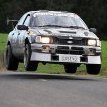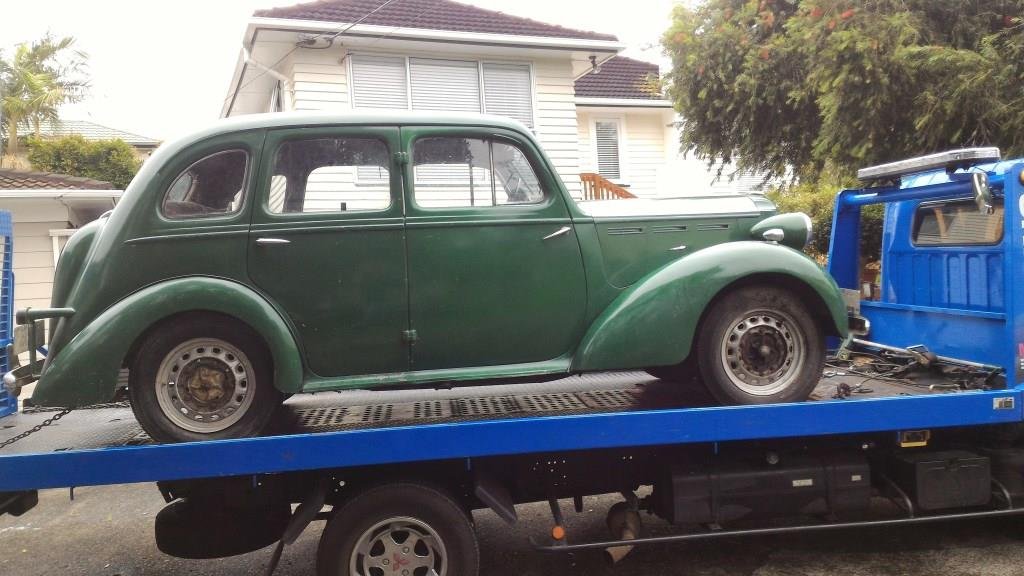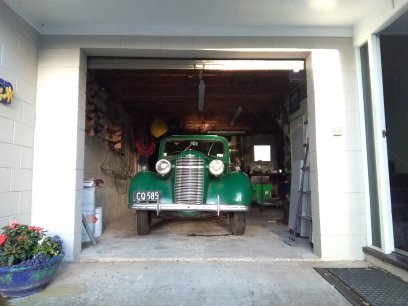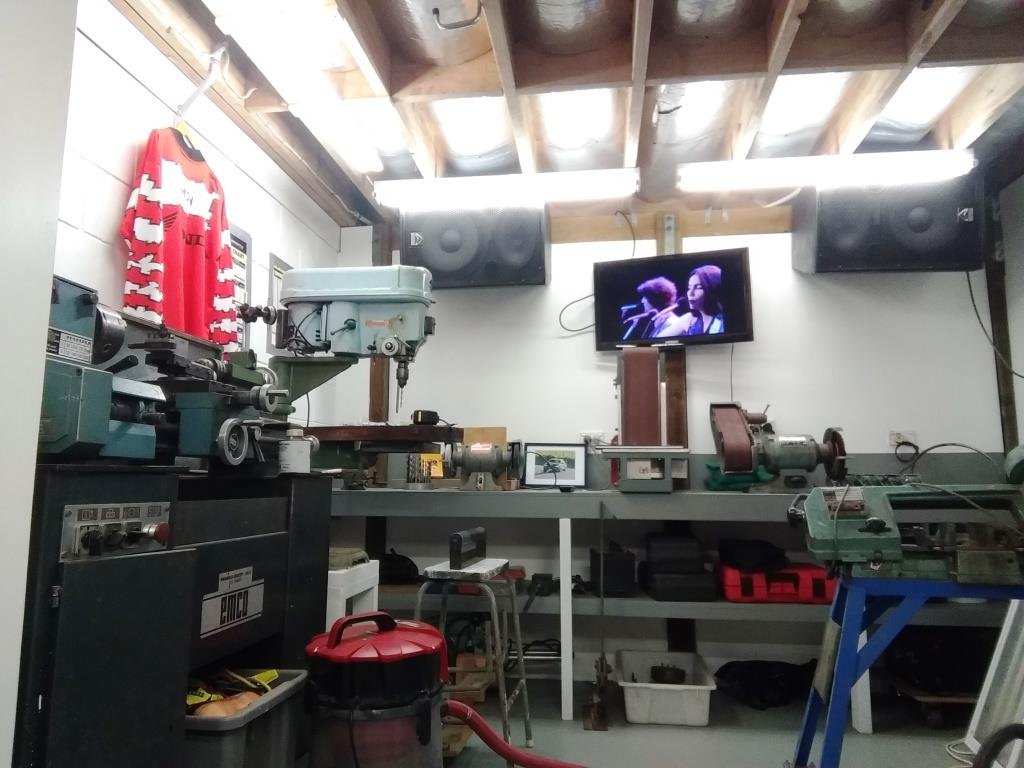-
Posts
789 -
Joined
-
Last visited
-
Days Won
1
Content Type
Forums
Downloads
Events
Gallery
Everything posted by sr2
-
Suddenly level 4 lockdown appeared out of left field and I had a lot more time on my hands and bugger all MIG gas and raw materials to work on the project – that bloody Whuan Flu strikes again. I needed some wheel dollies so I raided the scrap metal pile I was about to take to the recyclers, grabbed some old, worn out castors I’d been hoarding and Barry’d up a pair.
- 185 replies
-
- 17
-

-
That evening Rigamortice and myself opened a bottle of 101 Wild Turkey in the new and improved sr2 man cave for a long awaited celebratory drink. Much later in the night with ‘Darkside Of The Moon’ cranking on the new man-cave sound system (Sub installed) we both experienced a religious epiphany and……….. saw God. To be more precise we saw the Great Spaghetti monster in the sky and the following day with fuzzy heads we joined…….. a religion! The day after the following day I had to get a medical and eye test to renew my class C license and took the opportunity to renew my picture while wearing my new religious head wear. (The “ever-lovely” Mrs sr2 has threatened to never travel overseas with me again if I ever do the same with my passport). Discussion thread…. https://oldschool.co.nz/index.php?/topic/49843-sr2%E2%80%99s-1947-vauxhall-%E2%80%9Crigamortice%E2%80%9D-discussion-thread/
- 185 replies
-
- 30
-

-

-

-
A few weeks later on old friend arrived on a transporter… …and settled into her new/old home…let the games begin!
- 185 replies
-
- 23
-

-
Decided it was about time I focused a little more on the Rigamortice project. It was obvious I needed more space than my meagre suburban garage could provide so storage shed and a small machine shop became a priority. Solved the shed problem with a Bunnings el-cheapo but couldn’t resist building a sturdy base on which I could build something more substantial on in the future. Yes it’s a flimsy piece of junk but hey you get what you pay for! Next step was to cut a hole in the side of my garage block wall (with the help of my son) and build the machine shop I’d been hankering after for a while. Still needs a little finishing (and a sub for the sound system) but I’m happy.
- 185 replies
-
- 18
-

-
One very sexy 186; runs sweet with the Weber on it but needs a bit of a cam to bring it to life. I’ll run it until the the 208 stroker motor is built.
- 185 replies
-
- 18
-

-
All good mate.
-
There is nothing to re-sleeve in an Escort Booster?
-
Interested in how you've come to the conclusion that the booster is at fault? There some simple diagnoses I can talk you through if it would help.
-
Ran a RWD 4G63 Turbo (with a stroker crank) in the 'Cosevo' Sierra Cosworth for a number of years. Ended up using a V164 Geartrag trans with custom flywheel and a 3 plate Satch clutch. For the road https://projectzerog.com/ has so much information.
- 1 reply
-
- 1
-

-
Thanks for that.
-
Sorry, should have said RUNAMUCK rather than KKtrips, (my bad).
-
I think you're possibly being a little unfair; yes KKtrips (as admitted) was playing the devils advocate but the question was directed to a person who plays a pivotal part in the implementation of the regulations. No personal offence intended but the "all care and no responsibility - it's just my job" argument just doesn't stack up well in todays world?
-
Did the heavy +ve cable that goes to the starter motor get hot?
-
Sorry for the delay in replying - it is a bit of an unusual one for sure. One of the big improvements a Mastervac booster has over the older Hydrovac (remote) booster design is that it introduces the atmosphere from the inside of the car ( the drivers foot well) as opposed to the engine bay. I’ll just mention here that the major improvement was not relying on a single pushrod seal that the failure of which would often result in a total loss of braking – great innovation guys! The filter usually consists of two parts, a coarse foam doughnut and a felt washer where the pedal pushrod enters the unit. The filter sits in the valve body held in place by the felt washer which in turn is held in place by the rear boot. Sadly a lip on the boot forms the seal between the booster and the firewall and to access it you have to remove the booster and master-cylinder (sods law strikes again). I’ve doctored up an exploded diagram of similar Nissan booster for clarity, (alterations in red). Have to say that at this stage I’m clutching at straws with this one. Nothing new here; the more interesting diagnoses are usually the most baffling at their onslaught! Although an obvious conclusion to jump to I’m not comfortable with a 10 year old booster somehow “digesting” both filter and felt washer through overly vigorous brake bleeding. The ports in the control valve are small and the only Mastervac filters I’ve ever seen fail have been from early 70’s boosters that have lain unused for decades? I have seen boosters with a small perforation in their diaphragm still performing to spec but needing far more atmosphere than usual to be introduced to the rear chamber. It could well be worth pursuing this, I’d suggest pulling the master-cylinder back a little to see if it is leaking fluid into the booster, on many cars you can manage this without releasing the hydraulics. Please keep the thread going and let us know what you find.
-
Did you bleed the brakes with the engine running?
-
LOL; a wonderfully in-depth synopsis / diagnosis, in fact very similar to myself explaining my lathe misbehaving to the "ever lovely" Mrs sr2" as "its a f*****g c**t" etc. The correct term for this type of behavior is 'anthropomorphism'. The definition of anthropomorphism is "attributing human characteristics to nonhumans - i.e. gods, animals, or inanimate objects".
-
Just a couple of questions before I dive in. (Boosters are a lot simpler than most are let to believe). Can you confirm it wasn't making the noise before you replaced the pads and bled the system? (i.e. where you listening for it before?). What "3 basic booster tests" did you use. If you found them through Mr. Google feel free to provide the link.
-
Good to hear re the public liability insurance, it's becoming a minefield out there. The other one that's out there to trip you up is Worksafe who have been getting very aggressive - to say the least! (I've been working in the industry of late). I wouldn't be surprised if Worksafe classified you guys as PCBU's (I'm presuming you're not employees?),could be worthwhile checking what policy's re duty of care need to be in place.
-
Hi mate, not trying to beat up the messenger (wouldn't want your job for all the tea in China!) but it does raise a question. I'm interested to know if you are given any specific guidelines or is the subjective "you can usually tell just from looking at something whether its shit or not" that you have to rely on? If so that's a huge amount of potential personal liability you have to shoulder and the obvious question is do you guys get any public liability cover?
-
Yes you're correct. There are 3 different VH40 slave cylinder sizes, they all run the same 7 1/2 inch vacuum diaphragm. Smallest is the VH40EL at 9/16"; at 20' of vacuum it can produce 1825 PSI. Largest is the VH40D at 7/8"; at 20' of vacuum it can produce 840 PSI. Middle ground is the most common - VH40, VH40AJ, VH40AL, & VH40L; at 5/8" , at 20' of vacuum they can produce 1470 PSI. They are also fitted with simple and compound type control valves which vary the cracking pressure from 20 to 35 psi. The good new is that 9 times out of 10 it will be 5/8" bore, there is not a huge difference between simple & complex valves and the model difference is left or right hand mount - easy job to convert from one to the other. As an added note a PBR Hydrovac failing to release is usually caused by a sized control valve piston in the booster or a blocked compensation port in the master cylinder - the latter being more difficult to diagnose because with the booster disconnected there can often not be enough residual pressure to detect with a road test.
-
Sounds like they are in series, if so the 5 amp fuse won't protect anything. (i.e. the 2 amp fuse will always blow first!).
-
I'm struggling to understand your question but with two unequal value fuses in series the lowest value will be the fuse that breaks the circuit and when in parallel it will be the highest.
-
Thanks guys, sounds like it's as I suspected.
-
Hi Guys, a quick question. I'm working on a brake & booster upgrade on a mates classic, a 318 VF Regal Coupe he's owned for 30 plus years - it's a babe! I'd like to use copper nickel brake lines (sometimes called cunifer or cupro-nickel) for their corrosion resistance and installed well they look heaps better than bundy tubing. Question is, I know its OK to use in Australia and I would be very surprised if it wasn't OK for NZ but is there any documentation available to confirm before I put a heap of time into making up new brake lines? Cheers, Si.
-
You're not the first to have 'issues' with Autoblast. A good mate had an underbody blast & paint on his classic a year or so back. When the transmission shat itself a week later we discovered blasting media in the trans oil. Shortly after we discovered their "all care and no responsibility" policy!







